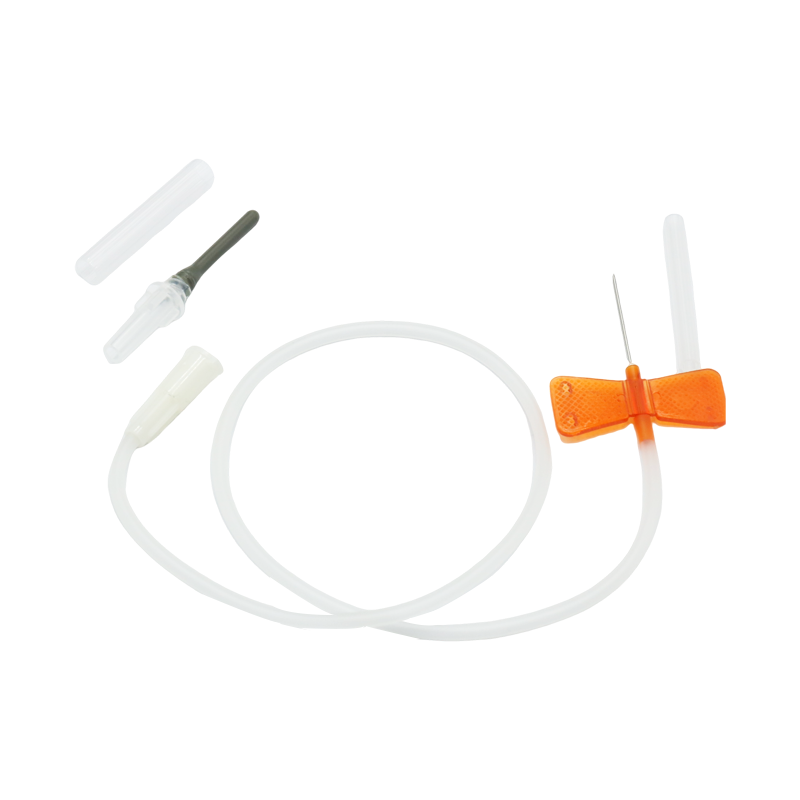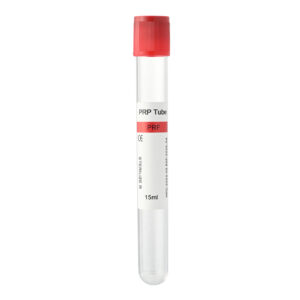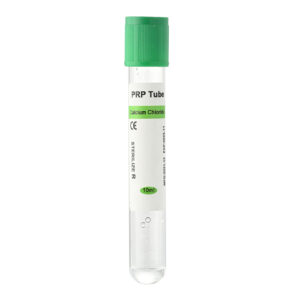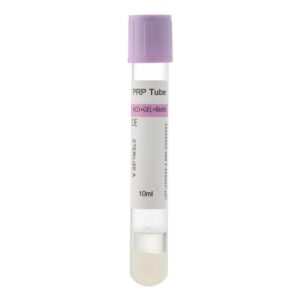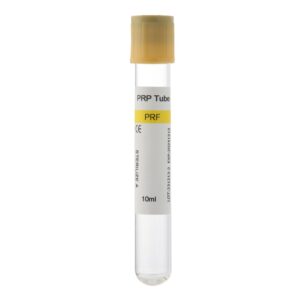A butterfly needle, a winged or scalp vein set, is commonly used in medical procedures, particularly for venipuncture, intravenous (IV) infusion, and other procedures requiring venous access. The butterfly needle gets its name from its unique design—two soft plastic wings on either side of the needle. These wings allow the operator to steadily hold the needle during insertion, making the entire procedure more precise and smooth. Due to the small size of the needle and its flexible design, butterfly needles help minimize discomfort for patients, making them especially popular for children, elderly patients, and those with problematic veins.
Overview of Butterfly Needle Gauges
The gauge of a butterfly needle refers to the thickness of the needle and is often abbreviated as “G.” The larger the gauge number, the smaller the needle diameter. Standard butterfly needle gauges include 18G, 19G, 21G, 23G, 25G, and even 30G. Each indicator has a specific use; generally, a smaller needle diameter reduces pain and decreases flow rate. Therefore, choosing the appropriate gauge depends on the patient’s vein condition, the intended use, and the properties of the solution being administered.
18G-19G:
These larger gauges are typically used when rapid fluid infusion is required, such as in patients suffering from severe dehydration or during surgery when large volumes of blood products must be administered quickly. While the larger diameter allows for faster flow, it may cause more discomfort for the patient. Therefore, healthcare providers mainly use these gauges for patients who are less sensitive to pain or when high-flow infusion is necessary. These needle sizes are common in emergency and intensive care unit (ICU) settings.
21G-23G:
Healthcare providers most commonly use these butterfly needle gauges for blood collection and general IV infusion. They routinely choose 21G and 23G needles for blood collection, especially in adults. They balance adequate flow rates and reduce pain, making them ideal for adult venipuncture. Additionally, healthcare providers can use these gauges for IV administration of medications, such as antibiotics or chemotherapy, in patients with suitable veins.
25G and Smaller:
Healthcare providers often use these fine-gauge needles for pediatric patients, elderly patients, and those with fragile or small veins. The very small needle diameter effectively minimizes vein trauma and pain. Healthcare providers also commonly use these gauges in neonatal and pediatric wards for drawing blood from newborns or infants. Similarly, they are suitable for elderly patients with delicate skin, reducing discomfort during venipuncture. Although the infusion rate is slower, the advantage is reduced pain and minimal vein damage.
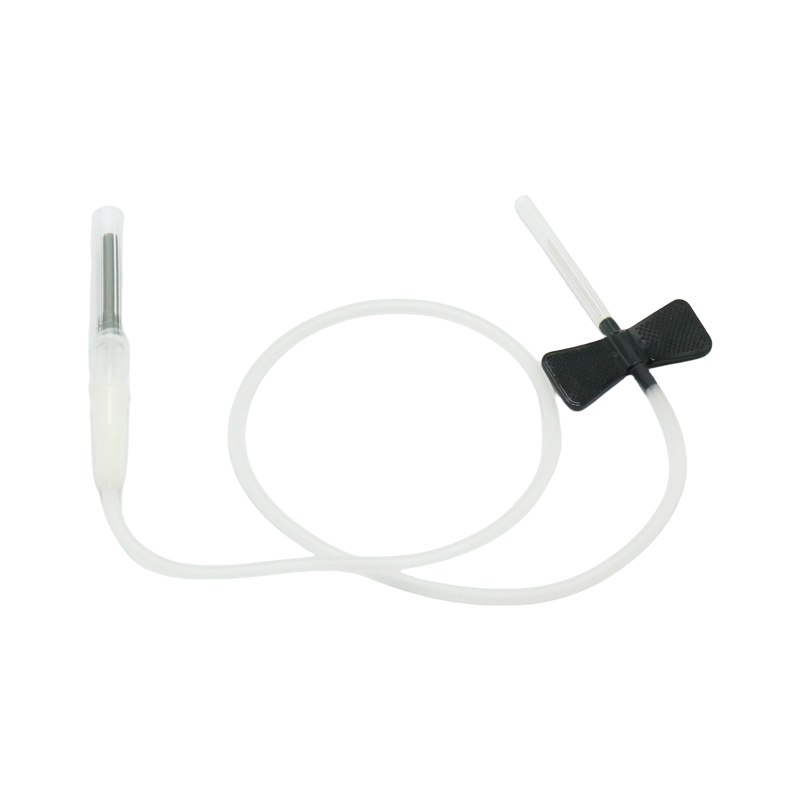
Specific Application Scenarios of Butterfly Needle
Butterfly needles have a wide range of clinical applications. Here are some of the most common scenarios where healthcare providers use butterfly needles:
- Venipuncture for Blood Collection: In outpatient clinics and laboratories, healthcare providers often use butterfly needles to collect venous blood samples. For children, elderly patients, and those with difficult-to-locate veins, using a 23G or 25G needle can significantly reduce the chances of failed attempts and improve patient comfort.
- IV Infusion: Healthcare providers commonly use butterfly needles for intravenous medication administration in general wards. For patients needing long-term antibiotic infusions due to infections, 21G and 23G butterfly needles are ideal choices as they offer a good flow rate balance and reduced pain.
- Neonatal and Pediatric Care: For newborns and young children whose veins are extremely small and fragile, a 25G or smaller butterfly needle is the best choice. In pediatric wards, these fine-gauge needles help minimize trauma during venipuncture and increase success rates.
- Elderly Patient Care: Elderly patients often have shrunken and less elastic veins, challenging venipuncture. In such cases, healthcare providers usually prefer a 25G butterfly needle to ensure smooth operation and minimize vein injury during IV infusion or blood collection.
Advantages of Butterfly Needle
The butterfly needle design provides significant advantages during venipuncture. The flexible plastic wings allow the operator to stabilize the needle, reducing movement during insertion and thereby minimizing vein injury. Additionally, butterfly needles come with soft extension tubing that enables the nurse to perform the procedure at a comfortable distance from the patient, enhancing overall comfort, particularly for patients who are sensitive to needles. Butterfly needles are also easier to secure for long-term venous access, which makes them preferable to other types of needles for minimizing dislodgement and leakage risks.
Conclusion
Butterfly needles are indispensable tools in modern medical procedures, with different gauges suited for various patient populations and clinical settings. Healthcare providers typically use 18G-19G needles in emergencies and critical care settings for rapid fluid infusion. Gauges 21G-23G are commonly used for adult venipuncture and IV infusion, while 25G and smaller gauges are suitable for pediatric and elderly patients who require minimal pain and vein trauma. Selecting the appropriate butterfly needle gauge can significantly improve the success rate of venipuncture and IV infusions, reduce patient discomfort, and enhance the overall medical experience. Choosing the right needle and precise technique ensures high-quality patient care and comfort in medical practice.

